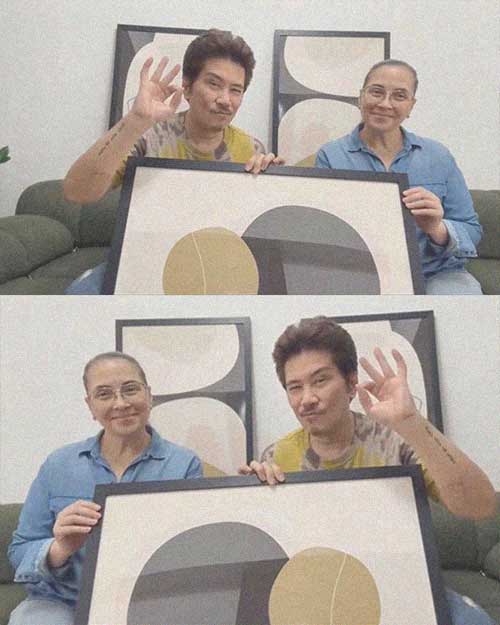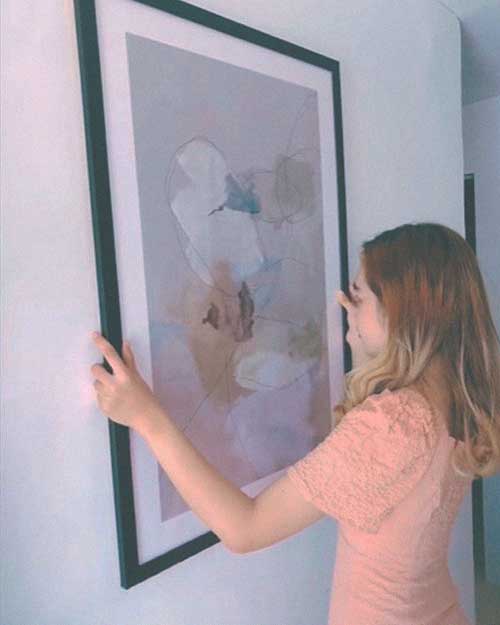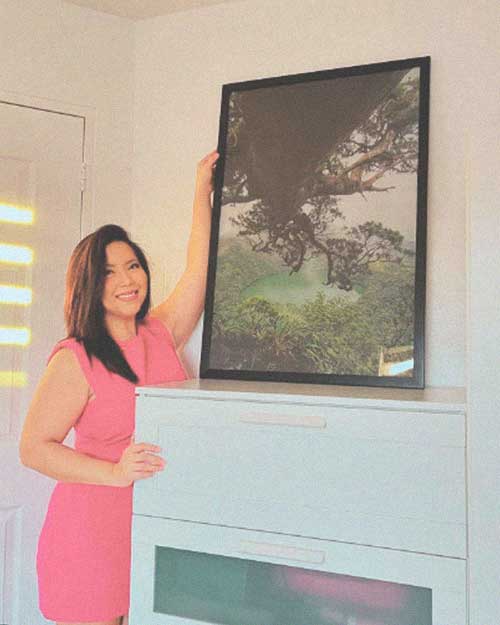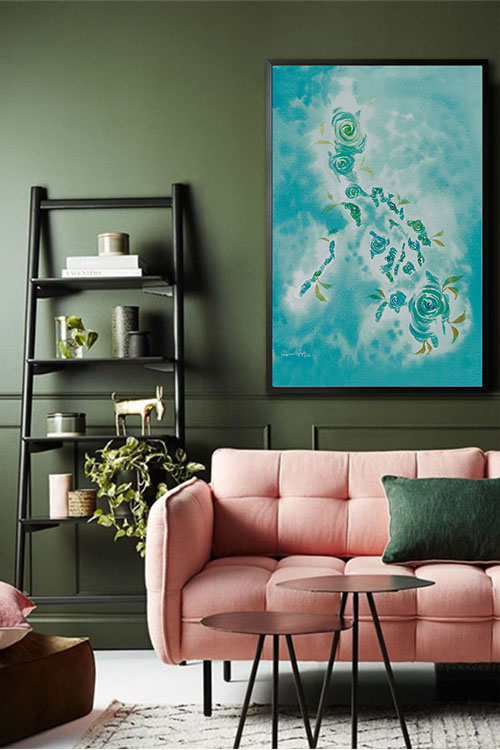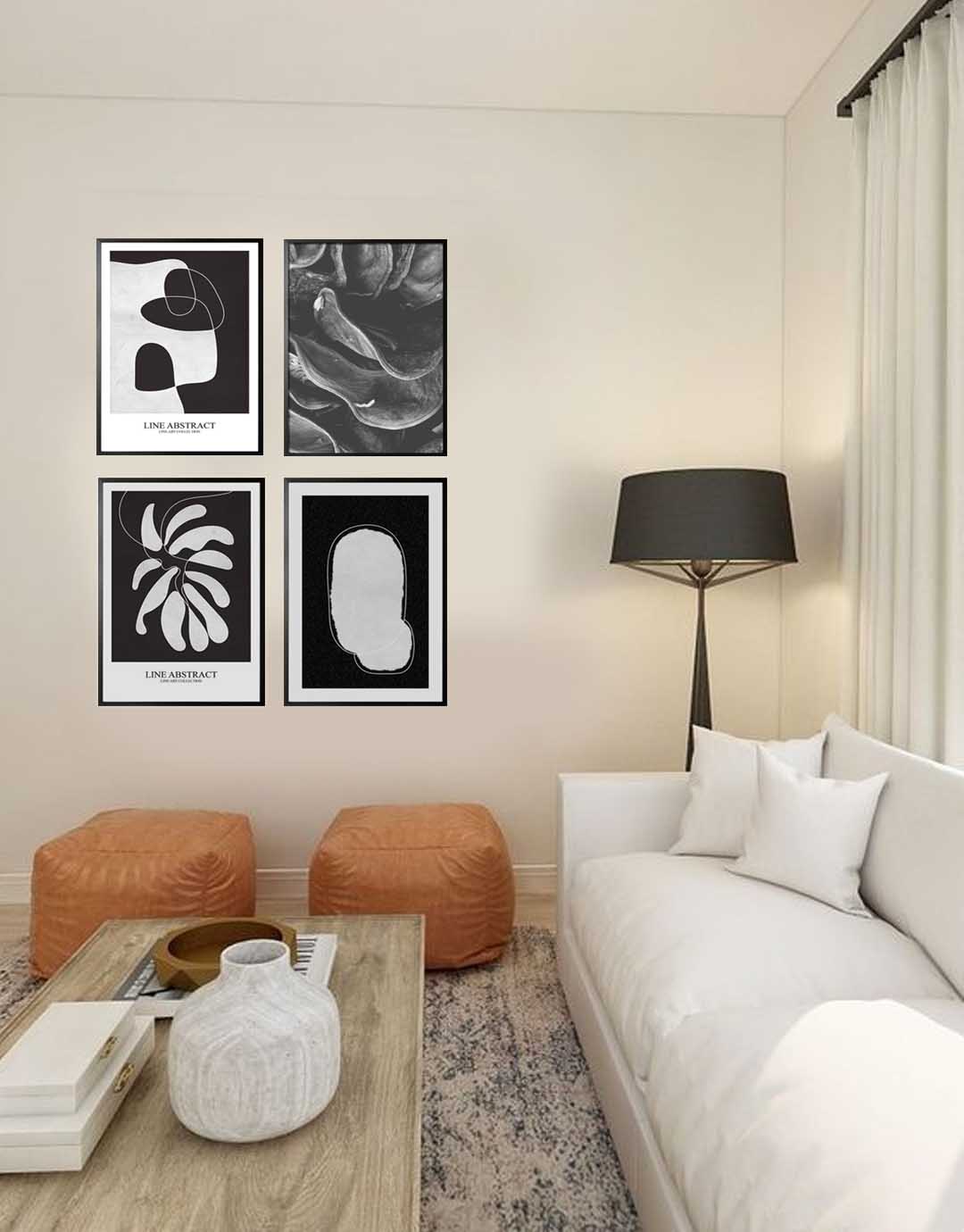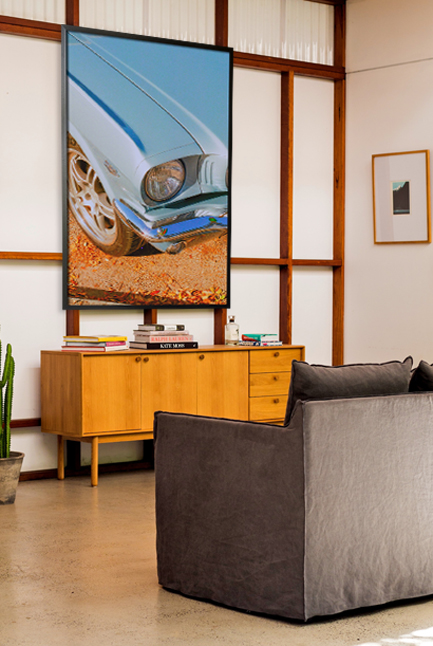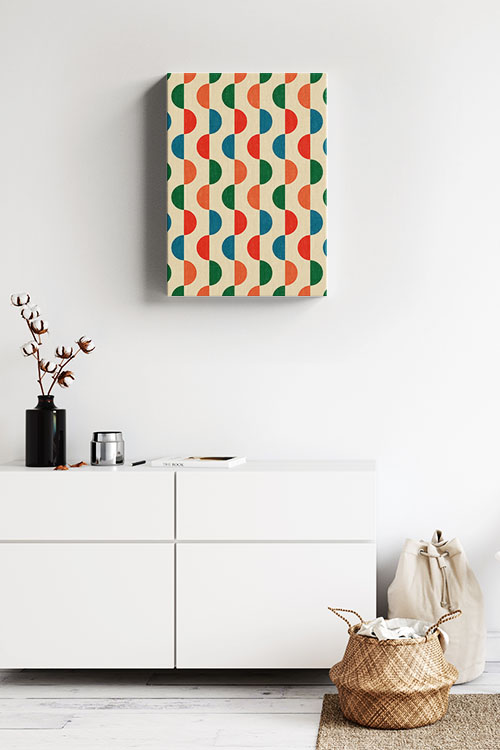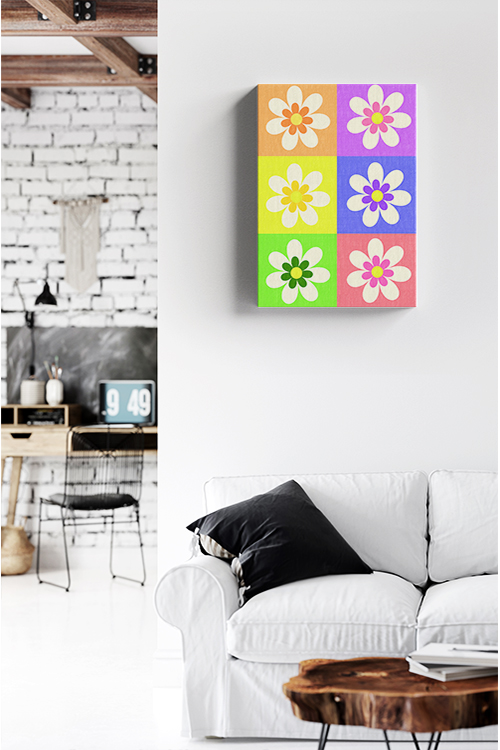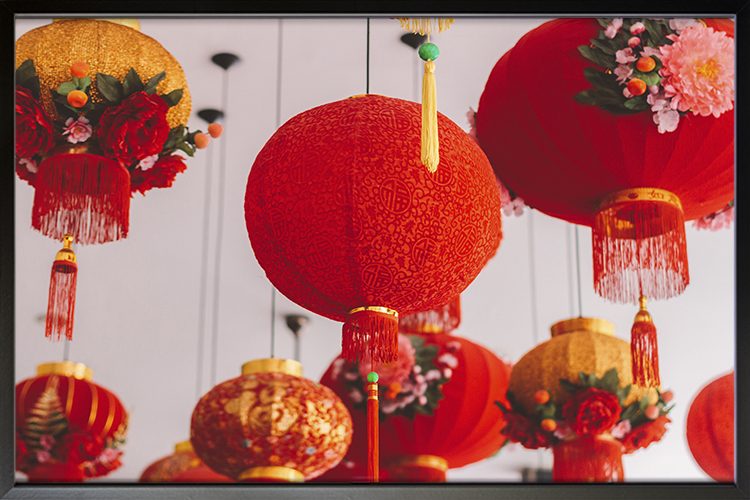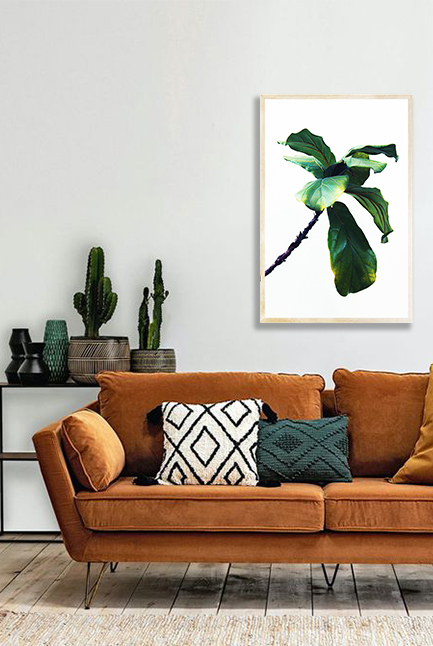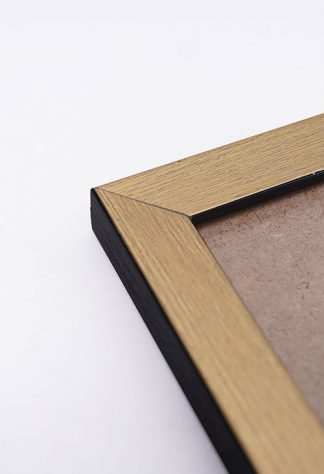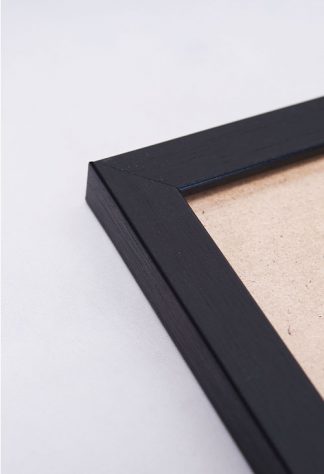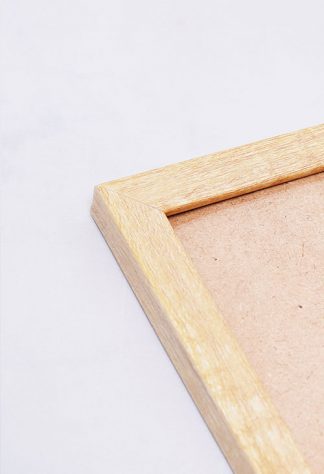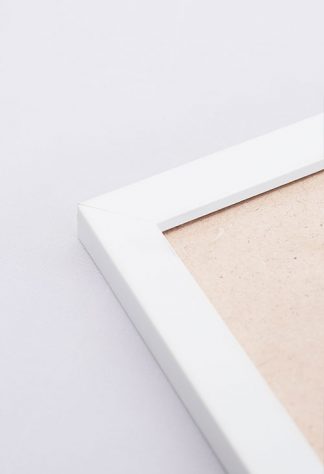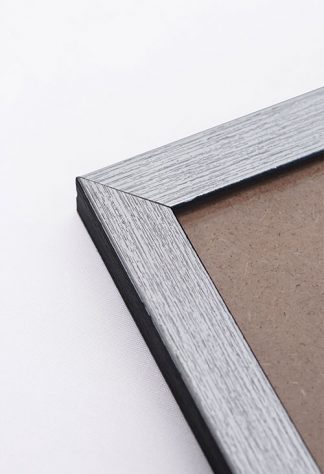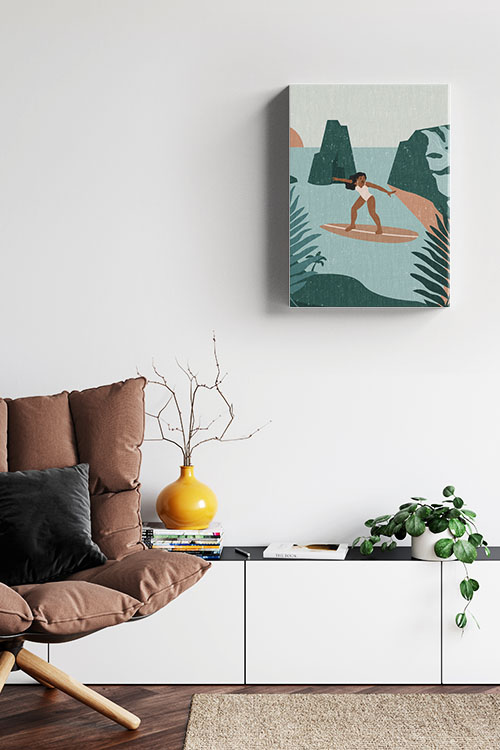
Designing your office is more than arranging furniture. It is about creating a space that enhances productivity, creativity, and comfort. Whether setting up a home office or rethinking a corporate workspace, thoughtful design can make a difference. Here’s how to create an office that inspires and supports your work.
Define Your Purpose
Before choosing the decor, clarify the primary function of your office. Will it be a creative studio, a collaborative space, or a focused work environment? The purpose will guide your choice of furniture, layout, and decor. For instance, a home office for remote work may prioritize comfort and quiet, while a team office may require open spaces for brainstorming and meeting areas.
Choose the Right Location
Select a space that aligns with your needs. For a home office, choose a quiet area with minimal distractions. Choose a room with natural light as it boosts mood and focus. For corporate offices, consider accessibility, proximity to amenities, and the ability to accommodate future growth.
Prioritize Ergonomics
Comfort is key to long hours of productivity. Invest in ergonomic furniture, such as adjustable chairs, desks, and keyboard trays. Ensure your desk height allows your arms to rest comfortably and your computer screen is at eye level. If needed, add a footrest or anti-fatigue mat.
Maximize Natural Light
Lighting significantly impacts your work environment. Place desks near windows to take advantage of natural light, which reduces eye strain and enhances productivity. Supplement with task lighting, such as desk lamps, to illuminate specific areas. Use layered lighting–ambient, task, and accent lighting–for shared offices to create a balanced atmosphere.
Incorporate Functional Furniture
Choose furniture that serves both function and form. A spacious desk, storage solutions like bookshelves or cabinets, and a comfortable chair are essentials. Modular furniture works well in shared or dynamic spaces, allowing flexibility for different work setups.
Create Zones
Divide your office into functional zones to improve efficiency. For instance, have a dedicated workspace for focused tasks, a meeting area for collaboration, and a relaxation corner for breaks. Consider integrating a small lounge area or a standing desk to alternate postures in a home office.
Infuse Personality
Your office should reflect your style and inspire you. Add personal touches like artwork, photographs, or decor items that resonate with you. Use a cohesive color scheme–calming blues, energizing yellows, or neutral tones–to set the right mood.
Organize and Declutter
A clutter-free office promotes clear thinking. Use cable organizers, storage bins, and drawer dividers to keep items tidy. Implement a filing system for documents and ensure all essentials are accessible to minimize distractions.
Include Greenery
Plants purify the air and add life to your workspace. Low-maintenance options like succulents, snake plants, or pothos are perfect for offices. They also have a calming effect and help reduce stress.
Ensure Connectivity and Technology
A functional office needs seamless tech integration. Ensure strong Wi-Fi connectivity, accessible power outlets, and charging stations. Use cable management tools to keep cords organized and out of sight.
In a Nutshell
A well-designed office combines functionality, comfort, and aesthetics to create an environment where you can thrive. Customizing your space to your specific needs and preferences allows you to create an office that looks great and supports your work goals. Whether looking for a sleek corporate setup or a cozy home workspace, thoughtful design is the foundation of productivity and success.















